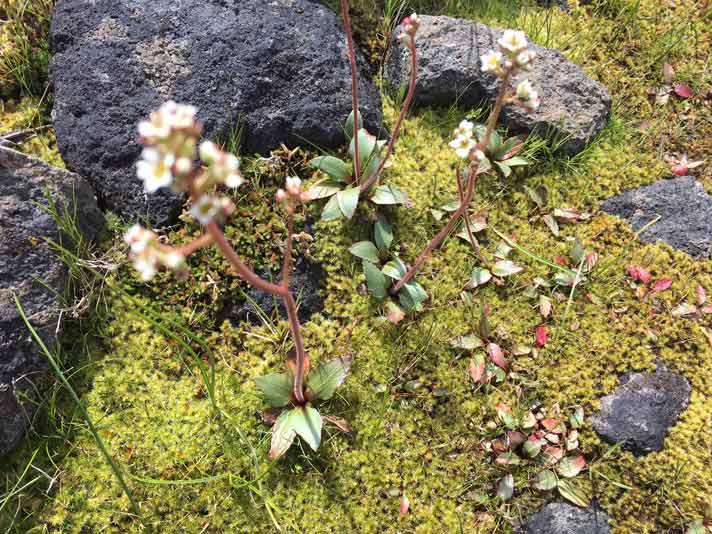Trail Talk – April 2017
Spring is finally upon us, yet those friendly white flakes of so many recent winter days flutter past my window as I write this. We’ll venture bravely forth to see what wonders a long, wet, cold season has bestowed upon our forested hills. Perhaps the blooms will be more brightly brilliant (or is it more brilliantly bright?) Perhaps the fresh foliage will dazzle in its new-found fecundity. It’s certain we’ll welcome well-watered woodlands.
Alliteration aside, (I’ve heard it’s from too many days in the sun without a hat) we should certainly see our trails less dusty for longer. And we should see our streams and waterfalls continue their flows long into the dry months. This will be a good season in the forests, when all is so fresh and clean. What better time to find a new trail to travel!
And with that being said, we should be considerate of our fellow travelers. As Oregonians, we are taken aback when our wild places are despoiled by thoughtless “users.” Trail litter is not generally a problem, but it only takes a single nincompoop to trash a wild area. “Pack it in, pack it out”—pretty easy to do. Trail etiquette also asks that we not shortcut, or “cowpath,” on trails. This leads to damaged vegetation and damaged trail tread. Above all else, be courteous, especially when you bring your four-legged companions along.
Bike riders accept further responsibility by bringing a mechanized device onto a trail. Care must be taken to avoid damage to trail edges and surrounding vegetation. Many of our local trails are narrow, and are not conducive to speeding along. Other folks on the trail will not be looking for a confrontation with a wheeled warrior bearing down on them. Our trail signage is clear about where bikes are welcome, and if in doubt, digression is always the better part of valor—please don’t ride where not welcome.
Where trails are designed and built for a purpose, such as hiking or running, consideration is given to how the trail will fit to the landscape. Switchbacks or steps might be added on steep stretches to prevent slippery or guttered trail treads. Bringing a bike on such a trail is damaging, and for that reason, a trail will be “out-of-bounds” to riders. Bike-friendly (and horse-friendly) trails are designed as wider trails with sweeping corners, and in steep canyon areas like Lithia Park in Ashland and some of Jacksonville’s Forest Park, trails are simply not compatible to wheeled conveyance.
In a forest park, trails are necessarily narrow to avoid disruption, where possible, of the plants along them. Some poisonous plants or noxious weeds might be pruned back a bit more radically, but most plants are left to thrive and to be enjoyed. A woodland or forest park is not a place to hurry through—how would one ever catch a glimpse of the woodland wren flitting here and there, or marvel at the doggedness of the rough-skinned newt if one is always hustling and bustling along? That great gray owl who sits so majestically on a fir bough—did you see her?

 Trail Talk is a monthly column by Clayton Gillette about hiking the Jacksonville Woodlands trail system. For more information, please visit the Jacksonville Woodlands Association website at
Trail Talk is a monthly column by Clayton Gillette about hiking the Jacksonville Woodlands trail system. For more information, please visit the Jacksonville Woodlands Association website at